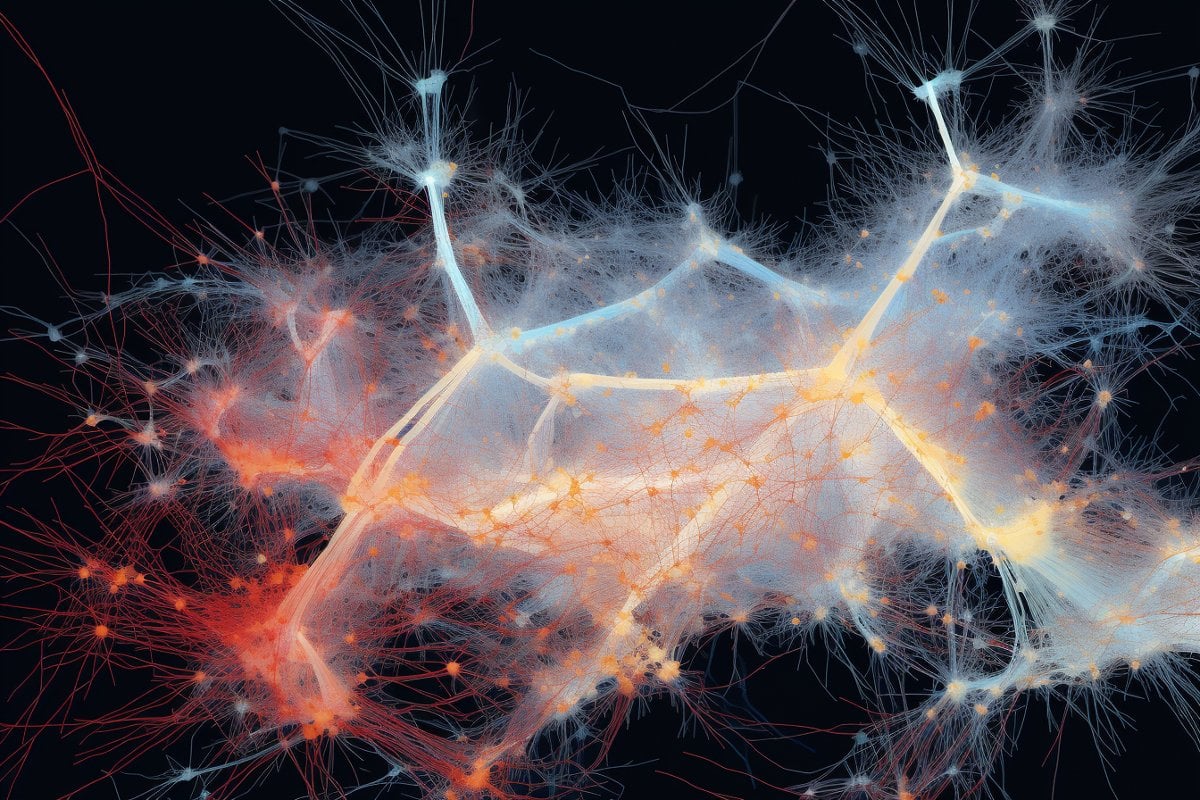This should be required to use in stroke patients, it would give us an objective diagnosis of the damaged /dead neurons.
New Map Shows How Our Neurons Communicate
Summary: Researchers from Cleveland Clinic and OHSU have unveiled a pioneering technique for charting the intricate conversations occurring within our brains. Such insights are key to decoding behavioral alterations in neurological disease patients.
The innovative tool, CaMPARI, allows scientists to witness brain activity in real-time, marking active neurons red and inactive ones green. This breakthrough could offer pathways to better treatments and understanding of diseases like Alzheimer’s.
Key Facts:
- The study, using the CaMPARI system, can map real-time brain activity by highlighting active neurons in red and inactive ones in green.
- This research is significant for understanding behavior and personality changes in Alzheimer’s disease and related disorders.
- The team’s findings, recently published in Nature Communications, have the potential to shape the future of cognitive neuroscience, with the promise of improved treatment options.
Source: Cleveland Clinic
A research team led by Cleveland Clinic and Oregon Health and Science University (OHSU) has developed a new method for mapping how the parts of the brain “speak” to each other, critical to understanding behavior changes in patients with neurological disease.
Diseases like Alzheimer’s disease change how patients communicate and act, affecting their relationships and well-being. Cleveland Clinic’s Hod Dana, PhD, is collaborating with Jacob Raber, PhD, an OHSU behavioral neuroscientist, on mapping out the electrical paths that connect and coordinate the parts of the brain needed to complete different tasks.

No comments:
Post a Comment